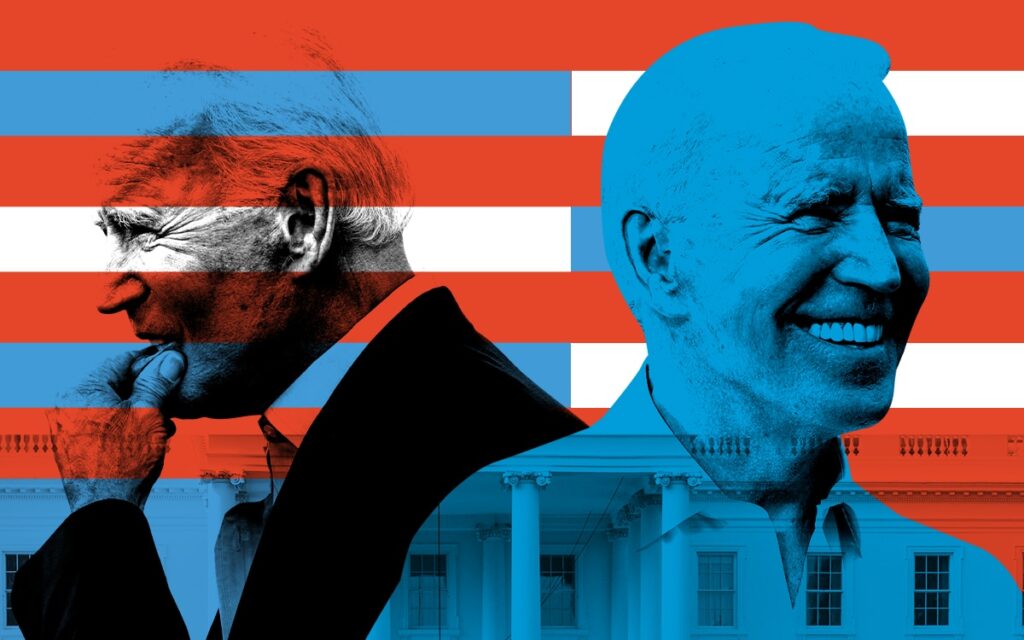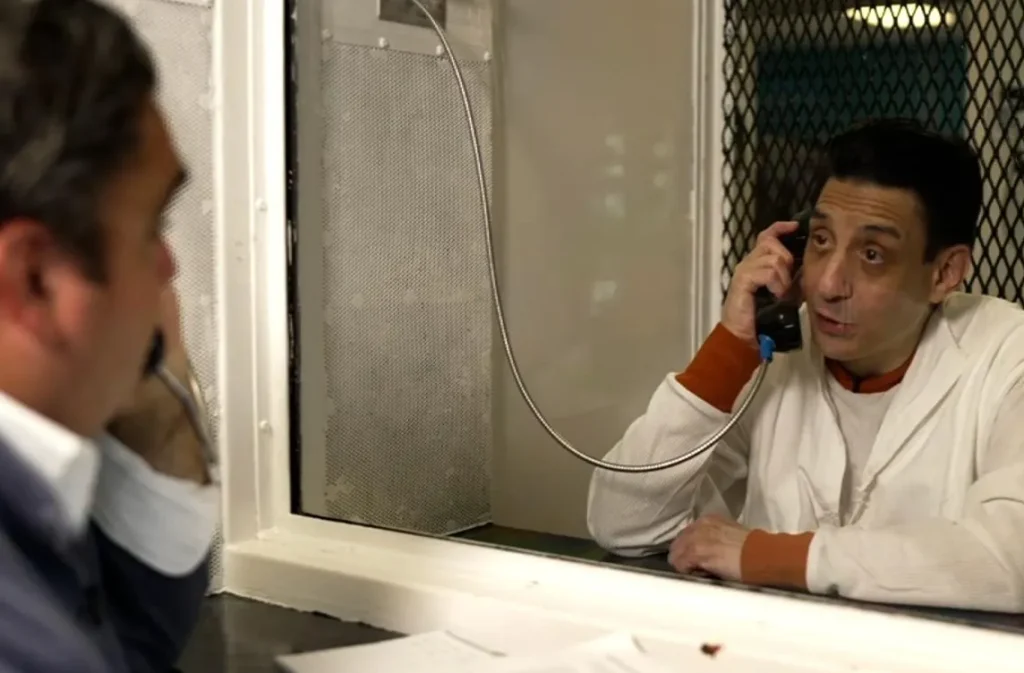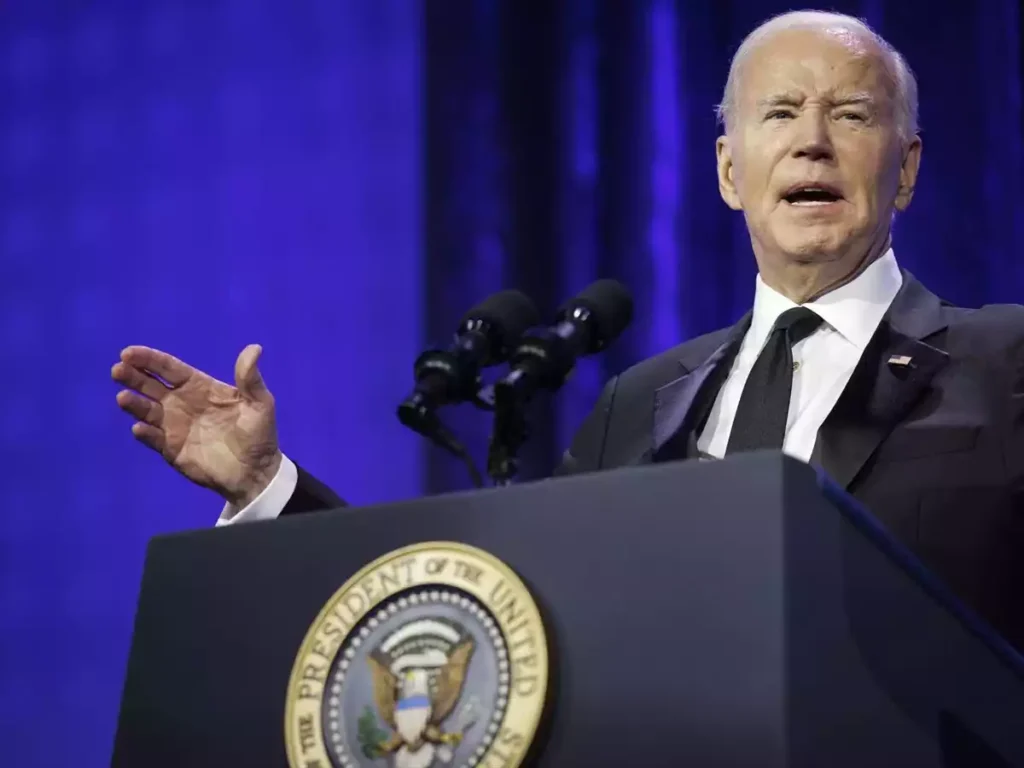United States Adds 150,000 New Jobs in October

According to the Department of Labor report, the United States added 150,000 new jobs in October. This provides a positive sign that the significant payroll gains in September were only temporary.
The increase in October’s payrolls fell slightly below the 157,000 job gains expected by economists.
Although the 336,000 additional jobs in September were nearly double economists’ predictions, according to new data released by the Bureau of Labor Statistics on November 3.
The labor force participation rate remained unchanged at 62.7%, and the Department of Labor also reported that average hourly wages in the U.S. increased by 0.2% in October compared to the previous month.
So, the United States added 150,000 new jobs in October, and wages also increased by 4.1% compared to a year ago, reaching $34.
This average increase is slower than last year but well ahead of its pre-pandemic pace. With these revisions, employment in the last two combined months is 101,000 less than previously reported, according to the federal agency.
The report also showed that the unemployment rate increased to 3.9%, slightly above the 3.8% rate that remained steady in August and September, which had risen from 3.5% in July.
The U.S. economy added 150,000 jobs in October, and the unemployment rate remained steady from the previous month at 3.9%, according to data released by the Bureau of Labor Statistics on Friday.
United States Adds 150,000 New Jobs in October
The United States added 150,000 new jobs in October, and stocks barely moved in pre-market trading hours.
Traders appeared to shrug off the lower payroll gains in October, potentially a signal of a ‘soft landing‘ for the U.S. economy.
Federal Reserve officials have stated they no longer anticipate a recession and have been monitoring data points such as the employment report and the Consumer Price Index.
In addition to a widely watched inflation measure that tracks changes in the costs of everyday goods and services, these are crucial factors in central bankers’ decisions to raise interest rates.
Strong hiring can often fuel inflation if companies feel compelled to raise wages to attract and retain workers.
This situation makes it more challenging for the Federal Reserve to achieve its 2% inflation target without raising the federal funds rate benchmark beyond its current range of 5.25% to 5.5%.
The CPI increased 3.7% year over year in September and August, and much of the advance in both months was attributed to gasoline price pressure.
Also read: #03Nov. Mexican Peso Advances Against the Dollar.






